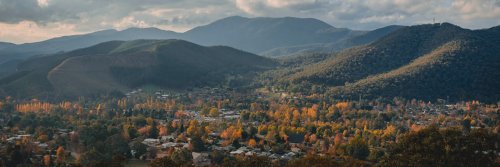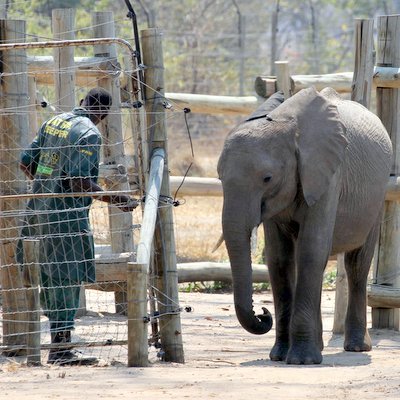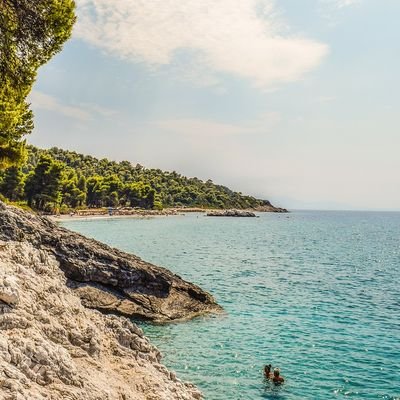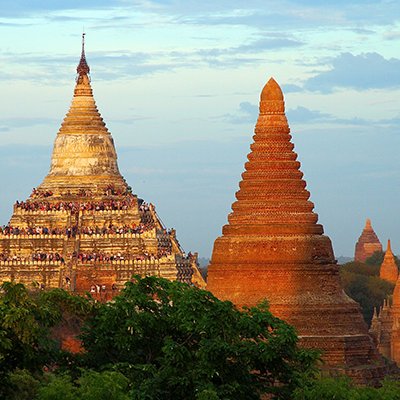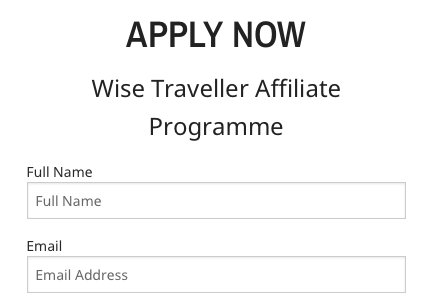You want to go where! Questionable destinations are those places where the bad stuff happens—kidnappings, shootings, gang violence, unstable governments, and plenty of other scary terrorist happenings, from wild jungle treks to totally off-the-beaten-path escapes. Many of the stories on digital media can be blown out of proportion for their sensational value, sending shivers up your spine even contemplating such destinations.
Everyone's idea of safe travel differs. Some tourists in Australia are blindsided by how many deadly critters we have, and when something drastic happens, such as a crocodile attacking a fisherman or a person dying from an Eastern Brown snake bite, the media frenzy is so intense that it creates the false impression that crocodiles lurk everywhere, and venomous snakes curl up in your shoes at the door. The media has also given the impression that kangaroos bounce up the streets in Australia when nothing could be further from the truth. It's essential to separate the media from the reality of what is happening. Most countries have their 'danger' zones but don't discount the whole country for travel, as many still have beautiful chill-out places worthy of getting to. Venezuela has a bad reputation for having the highest homicide rates in the world. Yet, places such as Margarita, Canaima, Los Roques, and Choroni in Venezuela have practically no crime.
Much of the horrible happenings occur away from city hubs in lawless, remote, and deserted zones without any policing presence. There is always a certain amount of risk when traveling anywhere, even in big first-world cities; it's a question of getting your facts right from credible sources. Research your destination and have a plan to ensure your safe trip. Go in-depth about where and what is really happening in a country. Search current events ad nauseum, talk to other travelers who have been there, and read up on the laws, customs, and regulations. Join travel groups on Facebook and search travel blogs and message boards for first-hand knowledge. Check out professional travel agents who may have small group tours on offer or who can recommend a local guide. Or, upon arrival, be friendly with the locals and get some fundamental knowledge. This may involve you first learning the local lingo. Circumstances can change in a country in the blink of an eye, so it's important to know what is happening at any given time.
Disease is another safety concern in some countries. Before stepping away from your own country, ensure you are up-to-date with any vaccines recommended for your destination and that your overall health is good. Take note of any advice to avoid getting sick, such as malaria tablets, mosquito nets, leech garters, and whether the water is drinkable.
Don't stick out in a crowd—blend in with the locals as much as possible. This means leaving your jewelry and designer clothing at home; risky countries are not like swanning around the French Riviera wearing your Dulce & Gabbana sunglasses while decked out in Prada. Advertising where you come from and how much you could be worth if you were kidnapped is not what you want.
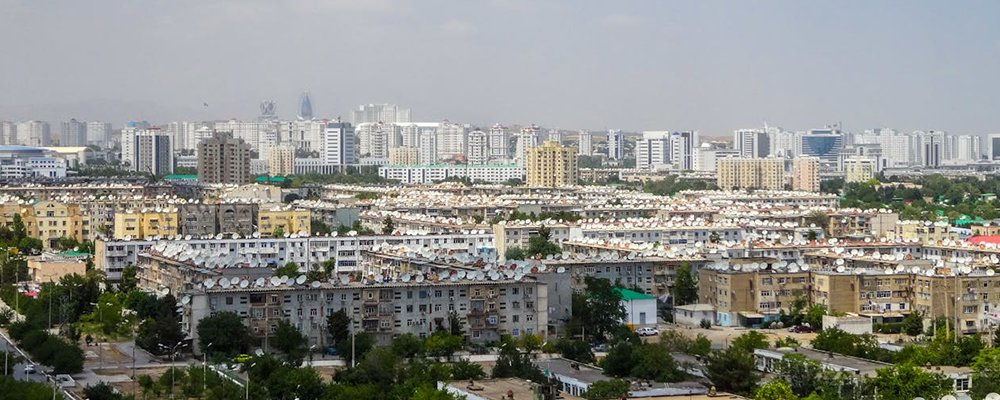
Other ways to meld into the local hoi polloi are not to speak English loudly in a non-English speaking country, avoid the local expat hangout (if there is one), and if someone you don't know asks where you are from, reply with a country that wouldn't be on their radar (such as Turkmenistan) unless it's government officials or police doing the asking. Hide your camera as much as possible, and only take photographs when you are in awe of the sight before you. Remember, some countries do not allow pictures to be taken of certain buildings.
There’s a method to avoid the kidnapping issue even if you aren’t in the badlands of a country. Kidnappers plan in advance by watching their prey and stalking. Be totally unpredictable with your movements, from when you leave your accommodation to which streets you walk. Mix up the places you like to frequent for a coffee or a meal. If you are in a particular destination known for kidnappings, change hotels frequently and stay in small, out-of-the-way hotels rather than the flashy touristy ones that scream, 'Come and get me, as I have money.'
Stay in regular contact with family members or friends back home and leave your trip's itinerary with them. If by some chance you go missing, it will be one of your guardian angels raising the alarm for you if you are in a situation where you can't yell for help. And, if possible, register with your country's consulate or embassy in your destination country.
The world can be a crazy place to run around in, so always make sure before leaving home that you have your personal affairs in order (a just-in-case measure so that Aunt Ruby doesn't inherit the house you are leaving to your fur baby). At the top of the list should be taking out travel insurance, which in some cases may be hard to get if your own government has a do-not-travel-to warning. You may have to shop around for a travel insurance company that specializes in dangerous countries.
For the hard-core dangerous places, think twice about whether you want to put yourself in a dire situation when help from your country's government is limited. Or, if you are a thrill seeker looking for the allure of danger, enter a risky country with a profession that will give you prior training to handle dangerous situations and support you if everything goes down the drain. Governments may be inclined to be cautious with travel warnings, but they do so for a reason. For those chasing bragging rights only, there are plenty of other ways to blow your own trumpet.
Gail Palethorpe, a self proclaimed Australian gypsy, is a freelance writer, photographer and eternal traveller. Check out her website Gail Palethorpe Photography and her Shutterstock profile.

